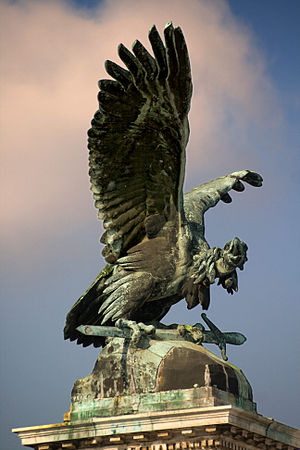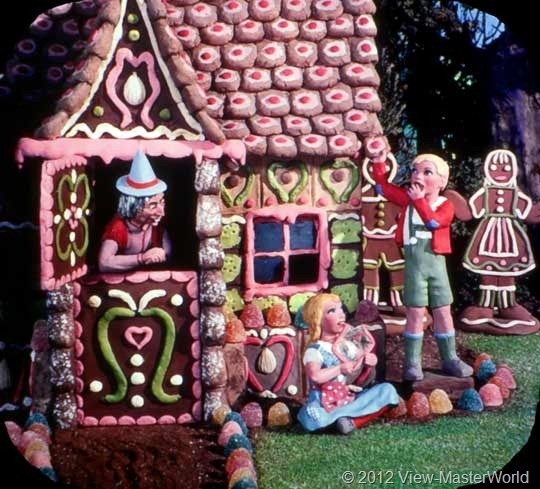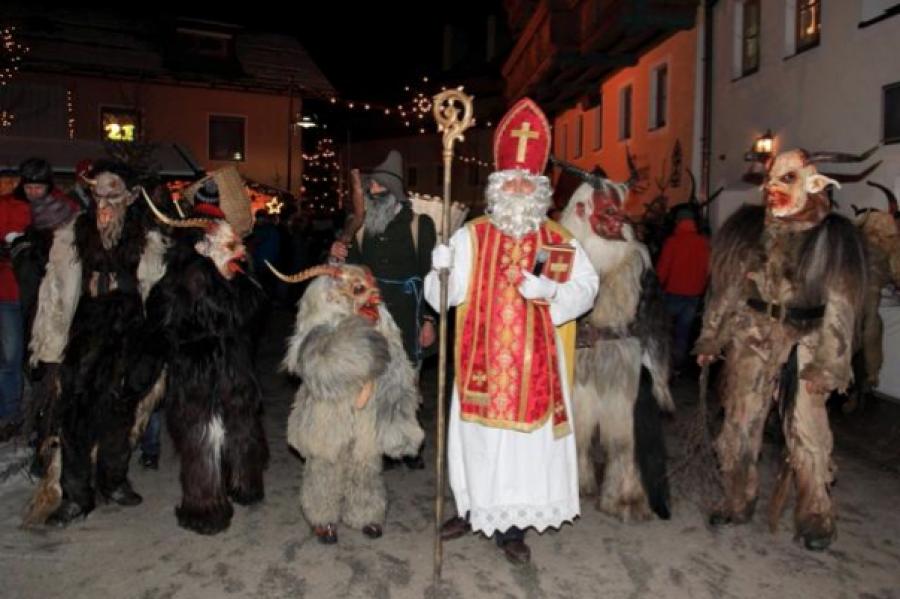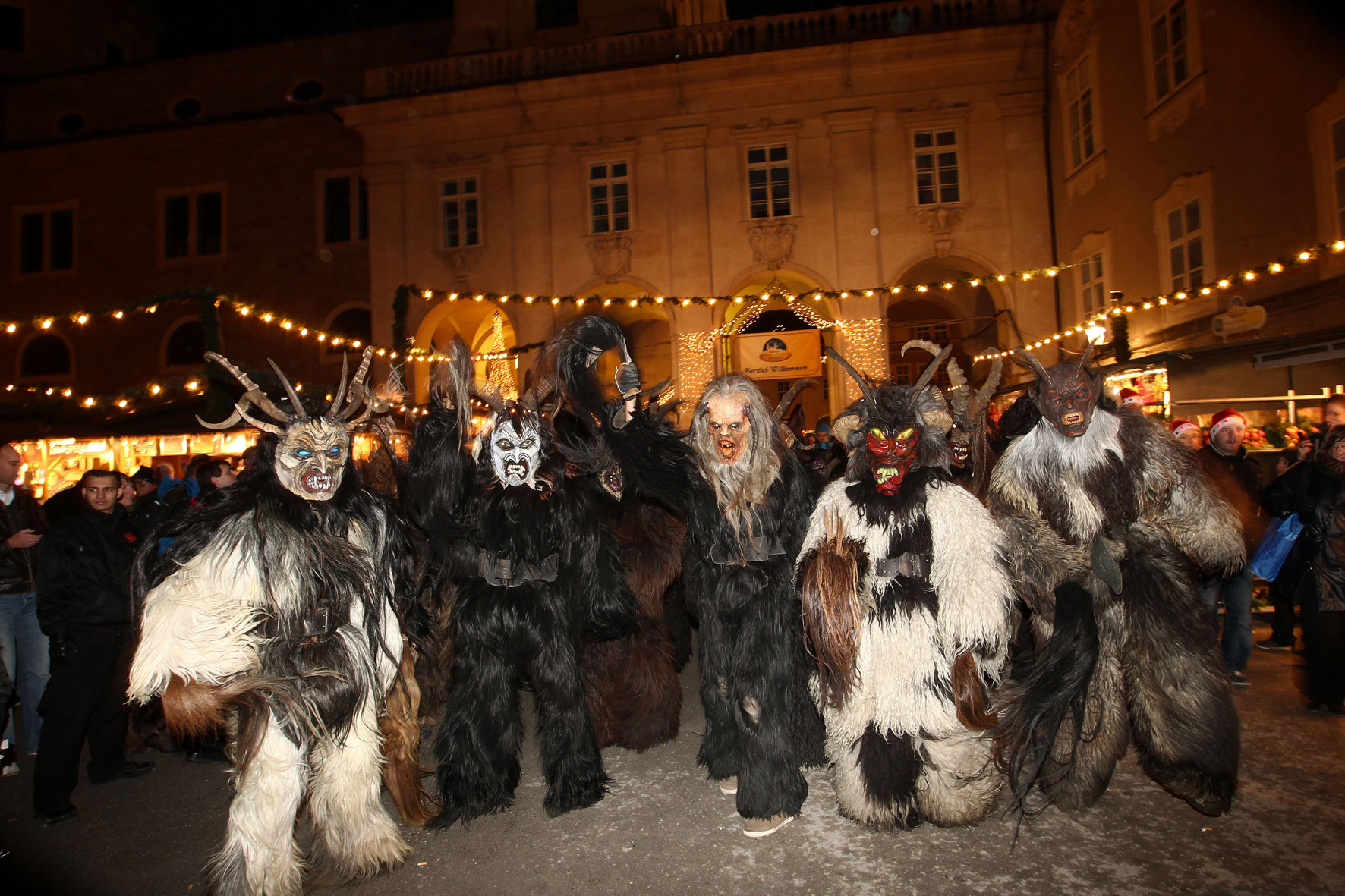The last time I was in Budapest, I was struck by the statues of the turul birds that adorn the Liberty Bridge there. They are a striking set of images.
The turul bird is the most important bird in the origin myth of the Magyars (Hungarian people). It is a divine messenger, and perches on top of the tree of life along with the other spirits of unborn children in the form of birds. The turul became a symbol of power, strength, and nobility. The most common motifs of the ninth and the early tenth centuries — the griffin, wolf and hind — seldom figure in later Hungarian iconography and heraldic symbolism; however the hawk or turul were preserved for longer as a device belonging to the ruling house.
The Turul is probably based on a large falcon, and the origin of the word is most likely Turkic: “togrıl” or “turgul” means a medium to large bird of prey of the family Accipitridae. In Hungarian the word sólyom means falcon, and there are three ancient words describing different kinds of falcons: kerecsen (saker falcon), zongor [Turkish sungur = gyrfalcon] and turul.
I will be in Budapest for the next two weeks, participating in conferences on both fairy tales and the supernatural. Then off to Germany to see my daughter and her family. But I will keep posting here and hopefully posting photos on Facebook!




